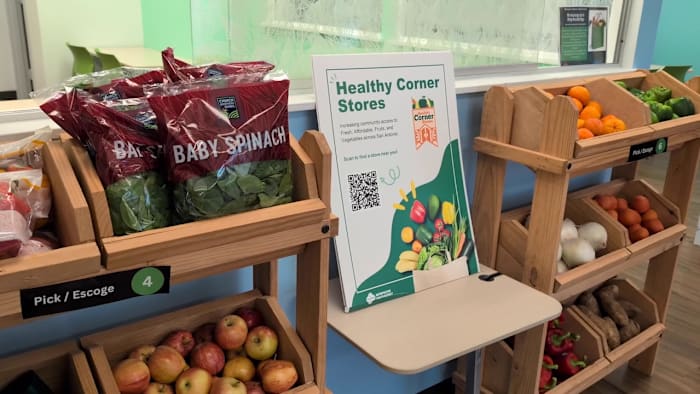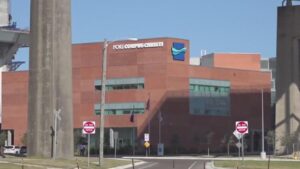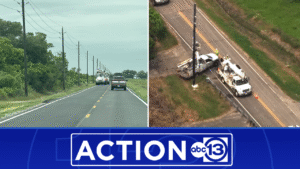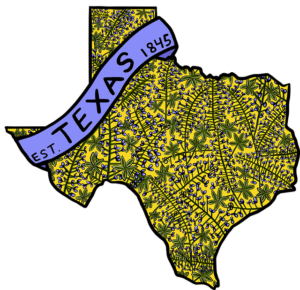
Food deserts are a longstanding issue in San Antonio, particularly affecting the East, South, and West sides of the city. The term refers to areas where residents live far from grocery stores and healthy food options.
Food deserts are a longstanding issue in San Antonio, particularly affecting the East, South, and West sides of the city.
The term refers to areas where residents live far from grocery stores and healthy food options.
KSAT recently explored these neighborhoods, visiting various food deserts and discovering individuals who are working to bring fresh produce to those in need.
A personal journey through food deserts
Roger Morales, a resident of Mission del Lago, shared his experience.
“I bought this house in September of 2023,” he said, while enjoying a game of basketball.
For Morales, there’s nothing better than shooting hoops and cooking to celebrate. However, the journey to pick up groceries can take over an hour round-trip.
“And then especially if you hit traffic or whatever, you’re like, oh man, I didn’t know it was gonna take this long. It’s like I don’t even feel like doing it no more,” he said.
In a city where healthy groceries are scarce but fast, processed food is abundant, many residents find themselves in food deserts.
In 2015, the city reported that 28% of San Antonio’s population lived in such areas.
Community efforts to combat food deserts
Daniel Jimenez, special projects coordinator with the Healthy Neighborhoods Program, understands the challenges of accessing healthy food on the South Side.
“Going to traditional grocery stores was a treat. It was a Sunday treat because it was so far at the time,” Jimenez said.
Jimenez grew up in the area and knows that many community members still grow their own food in their backyards.
Now, as part of the Healthy Neighborhoods Program — an initiative by the City of San Antonio and Metro Health — he is working to address these food deserts.

At the Villa Coronado Resource Center, Jimenez highlighted the resources available to residents.
“This is our choice pantry. We get our produce via the Healthy Corner Stores program and one of our amazing partners, River City Produce,” he said.
The center offers free food, recipes, and a community garden that anyone can use to grow their own greens.
“We live in a resource desert where it’s linked to high rates of diabetes. If we can promote and help educate residents, maybe we can show them how kale can taste good,” Jimenez said.
Gardening as a solution
Stephen Lucke, founder and CEO of Gardopia Gardens, is also making strides in the fight against food deserts.
“We have over 60 school gardens and about 10 community and church gardens. The idea is to teach a person to grow broccoli and feed a community,” Lucke said.

Gardopia Gardens is an East Side nonprofit that helps children and communities learn how to cultivate their own gardens.
“When I see a kid just pick up some Swiss chard and eat it, I could not force them to do that. They planted that seed, they grew it, and now they’re enjoying it,” Lucke said.
While food deserts in San Antonio won’t disappear overnight, residents like Morales are determined to stay healthy and enjoy life.
“Still good, now I’m just trying to get back in shape, play a little ball,” Morales said.
Community resources available
The Healthy Neighborhood Program is free for residents. All they need to do is visit a resource center to receive food, recipe information, and details on when they can return.




